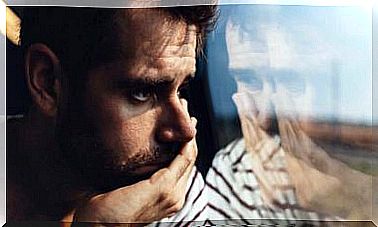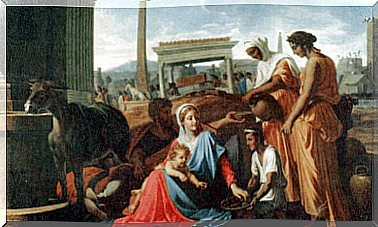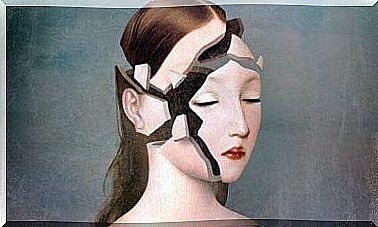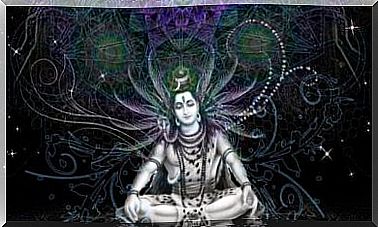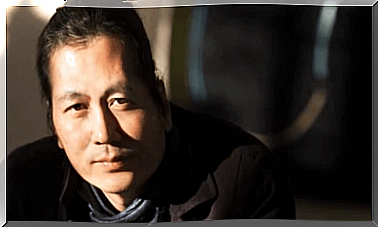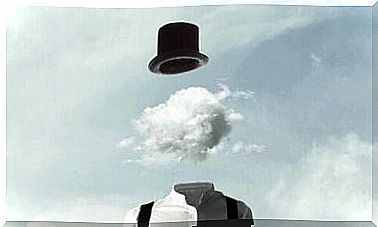The A Object In Lacan
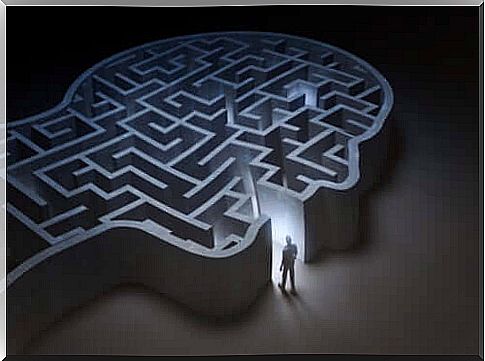
When we talk about psychoanalysis, the most common thing is to think of Sigmund Freud, the father of this discipline. However, several authors continued his legacy. One of them was Jacques Lacan, recognized for theories such as object a.
In addition to developing this theory and highlighting the main features of this object, we will also review some points related to the author’s framework of thought.
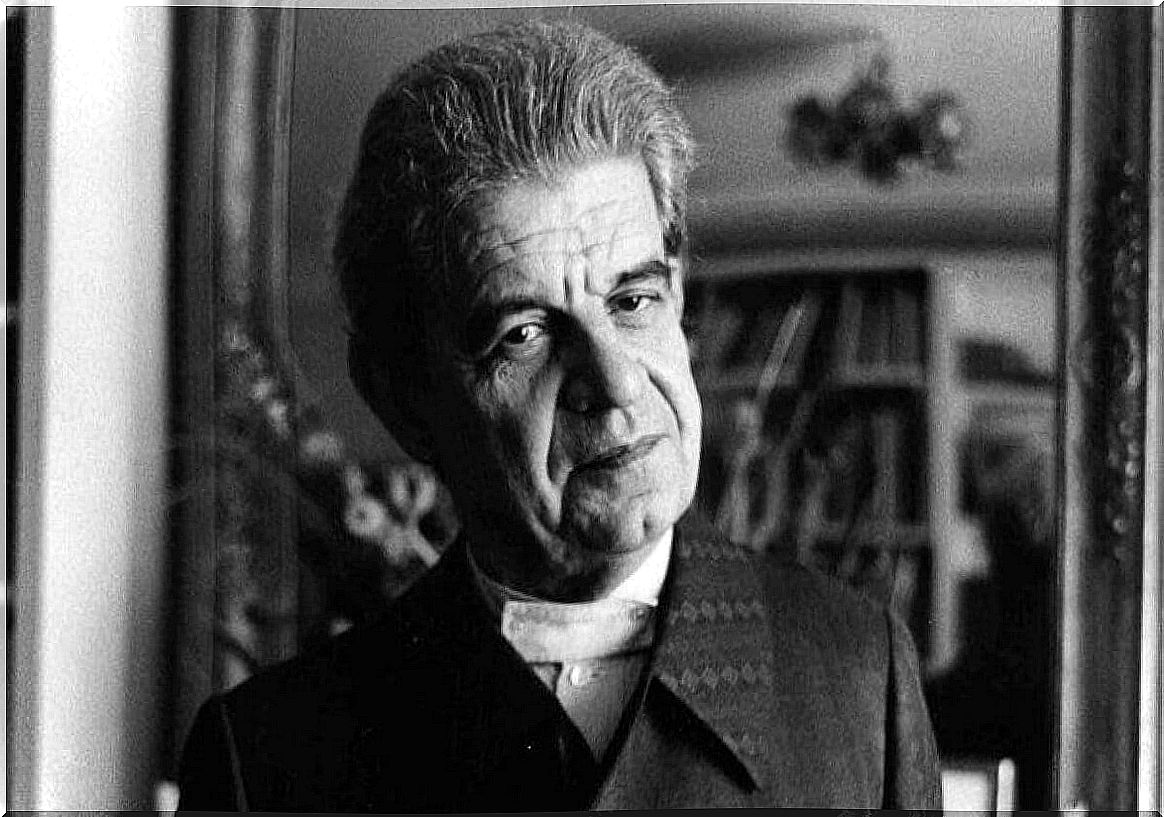
Who was Jacques Lacan?
Lacan was a psychoanalyst of French origin who introduced innovative elements to psychoanalysis. He studied medicine and later specialized in psychiatry. Furthermore, in 1938 he began his analysis, an essential process for every psychoanalyst.
Lacan is mainly known for his first essay on the stage of the mirror. Speaking about this and other works, the author acknowledged that his theories originated in his reading of Freud. In addition, elements from other disciplines were incorporated, such as:
- Linguistics.
- Philosophy.
- Math.
He was also very active in the art world. He had a good relationship with Luis Buñuel, Salvador Dalí, Pablo Picasso and André Breton. In addition, he became interested in surrealism, was present in the public reading of Ulysses, by James Joyce, and became interested in the works of Heidegger and Hegel.
His approach to psychoanalysis offered us another way of looking at art’s relationship with the unconscious and emptiness. He considered that Freud’s work had been misinterpreted by post-Freudians and returned to it, expanding its notions and applications.
He attached so much importance to this subject that it cost him his membership in the International Psychoanalytic Association after he sent a communiqué in which he set out his ideas. However, he founded the French Psychoanalytic Association and created his own school in Paris.
What is object a?
Object a is a contribution to the concept of object in psychoanalytic theory. It arose from the need to clarify the original object of psychoanalytic theory. Lacan took Freud’s “lost object of desire” as a reference. Furthermore, it took into account Donald Winnicott’s “transitional object” and Melanie Klein’s “partial object”.
Therefore, Lacan was in tune with the Freudian hypothesis that refers to the “lost object of desire” as a subject that is searched incessantly and never found. An asymptotic and unfulfilled desire, but one that allows the individual to learn while being in contact with reality.
In the beginning, Lacan’s object a consisted in the lack of desire to have something fixed, because whenever the object of desire was reached, the person turned to another. Although this concept has evolved further, the object a responds to Autre’s initial, another in French, and wanted to refer to the other of desire.
Lacan used the letter a as a logical value, based on algebra. It is a concept that he applied to metaphorize the loss, as he conceives the subject as interspersed between desire, the other, jouissance, love and anguish. Therefore, it is difficult to release it to the subject, since, in return, he will have to pay the price of loss.
Thus, it would not be something that we have lost, but the constant feeling we have that shows us that there is something missing in our lives. In other words, object a would have the function of masking the lack.
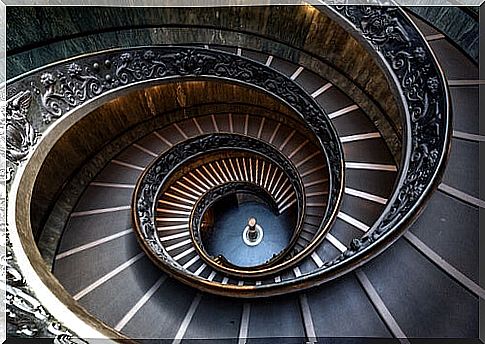
Characteristics of the object a
He was called in different ways by Lacan himself: ectimonious, pound of flesh, the foolish, the aleph of anguish or the abominable. These names were used to try to explain what this and other theories are about. Let’s see what concepts object a is related to:
- Enjoyment. Object a is in solidarity with this function and the cause of desire. In fact, it answers the question “how does a guy enjoy?” It is about the satisfaction of the drive; on the one hand it is a pleasure, but its basis is suffering. Furthermore, it goes beyond the pleasure principle.
- Anguish. Lacan says that this appears when there is an absence of lack. The object a is related to it because it is it that will create reality.
- Lack. The object a would come to be a kind of images that reveal some of the subject’s true lack. So, it would be the window to lack.
- Ghost. It refers to both fantasy and what is opposed to reality. It has a symbolic, discursive and significant structure. It is related to object a because the subject may make an attempt to cross it to reach it, or to waver through it to reposition itself.
Lacanian theory is so broad and intricate that it takes time for meditation and reflection to understand. This is mainly due to the language it uses and the concepts it inherits from structuralism and mathematics.
To reach a greater understanding, we recommend first exploring Freud, and going step-by-step through each of Lacan’s formulations, as they are interconnected.
In short, object a is a Lacanian “invention” based on or influenced by the thought of Freud and his contemporaries. It would be an object that points to the unreachable; a surplus of jouissance that is related to anguish, lack, phantasm, desire and the other.
In other words, it is the object of the cause of desire, or the window of lack, or its masking.

